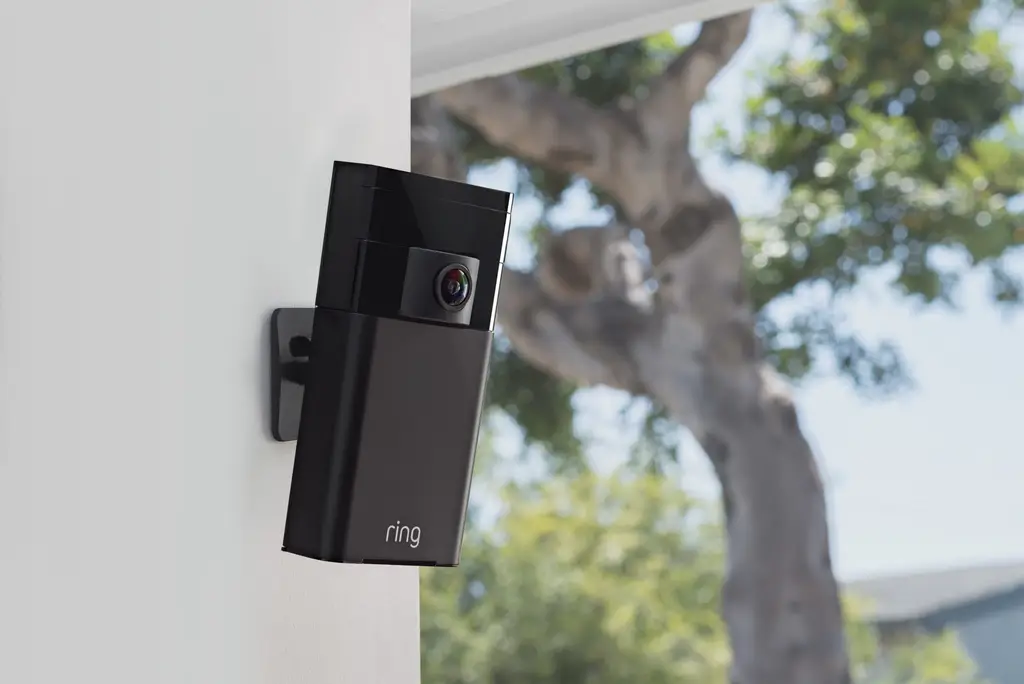Why the May 2025 Ring Incident Is Symptomatic of a Broken System
In mid-July 2025, a familiar story of digital anxiety unfolded across the smart home community. Ring camera owners, alerted not by the company they trust but by a viral TikTok video, discovered their accounts showed a list of suspicious logins, all dated May 28, 2025. Panic ensued as users saw unrecognized devices and unknown IP addresses in their authorized device lists. Ring’s official response was swift but, for many, deeply troubling. They stated “there was no hack”. Instead, they claimed the issue was merely a “visual bug” caused by a “backend update,” assuring users that their accounts and video data remained secure.
This explanation, however, failed to quell the widespread unease. Whether a hack or a bug, the incident exposed the fragility of the trust we place in the massive cloud platforms that manage our data. It forces us to confront an uncomfortable question. Is the security promised by these tech giants real, or is it just a myth?
The Myth of the Digital Fortress
We are taught to trust in digital fortresses, believing the vast resources of large corporations and governments make them inherently secure. Yet recent history tells a different story; one of negligence, human error, and misplaced trust.
Consider the 2015 breach of the U.S. Office of Personnel Management (OPM). State-sponsored hackers stole the most intimate secrets of 22.1 million people, including security clearance files and 5.6 million fingerprints. The most damning part was that the breach was entirely preventable, the result of systemic negligence the agency had been warned about for years.
The 2016 breach of the Democratic National Committee (DNC) proved the weakest link is often human. It began with a simple spearphishing email that tricked a staffer into revealing their password. Russian intelligence then leaked thousands of internal emails, weaponizing the content to create a political firestorm during the U.S. presidential election and leading to the resignation of the DNC Chairwoman.
Perhaps the most chilling example is the 2022 breach of the password manager LastPass, which created the ultimate digital honey pot by centralizing the vaults of over 25 million users. After a sophisticated attack compromised a key employee, hackers stole offline copies of customer vaults. This allowed them to dedicate massive computing power to crack master passwords, a process that is still ongoing. The consequences have been catastrophic, with researchers linking the breach to an estimated $150 million in stolen cryptocurrency as thieves gain access to seed phrases stored in the vaults.
These incidents reveal a crucial truth. The scale of these organizations is often their greatest vulnerability. The very act of centralizing so much sensitive data creates an irresistible target, and the complexity of their systems introduces countless potential points of failure, both human and technical.
The Ring Incident in Context
Viewed through this lens, the skepticism surrounding Ring’s “visual bug” explanation is not only understandable but also rational. It stems from a documented history of security lapses. This is the same company that, in 2023, was charged by the FTC for egregious privacy violations, including allowing employees to spy on customer video feeds. When a company fails to secure its users’ data from its own employees, it shatters the illusion of the impenetrable fortress.
The May 2025 incident, regardless of its cause, is another crack in that fortress wall. It reinforces the reality that users have no real visibility or control over the security of the platforms they rely on. We are asked to blindly trust in systems that have repeatedly proven themselves to be fallible.
The Alternative: Building Your Own Stronghold
It is often argued that an advanced corporate cloud is a safer place for data than the average, unmaintained local system, and that argument does have merit. But these stories reveal a more crucial truth. They demonstrate that the average corporate or government system is often a landscape of systemic negligence and human error.
The real comparison, therefore, is this: a thoughtfully planned and diligently maintained local server, under the direct control of an engaged owner, is demonstrably more secure than the all-too-common reality of the corporate cloud.
A local-first approach, the core philosophy of a Thinking Home, fundamentally changes the security equation:
- It eliminates the “honey pot.” Your data is not aggregated with millions of others, making you a far less attractive target.
- It dramatically reduces the attack surface. The system isn’t dependent on the security practices of thousands of employees or complex corporate networks.
- It aligns incentives. As the owner and administrator, you have the greatest possible motivation to keep your system secure. You are the sole guardian of your own fortress.
The May 2025 Ring incident is a valuable wake-up call. It’s a reminder that true security isn’t a product you can buy; it’s a process you must control. The path to a truly secure and private smart home is not to seek out a bigger, more imposing digital fortress, but to build your own stronghold on a foundation of local control.

